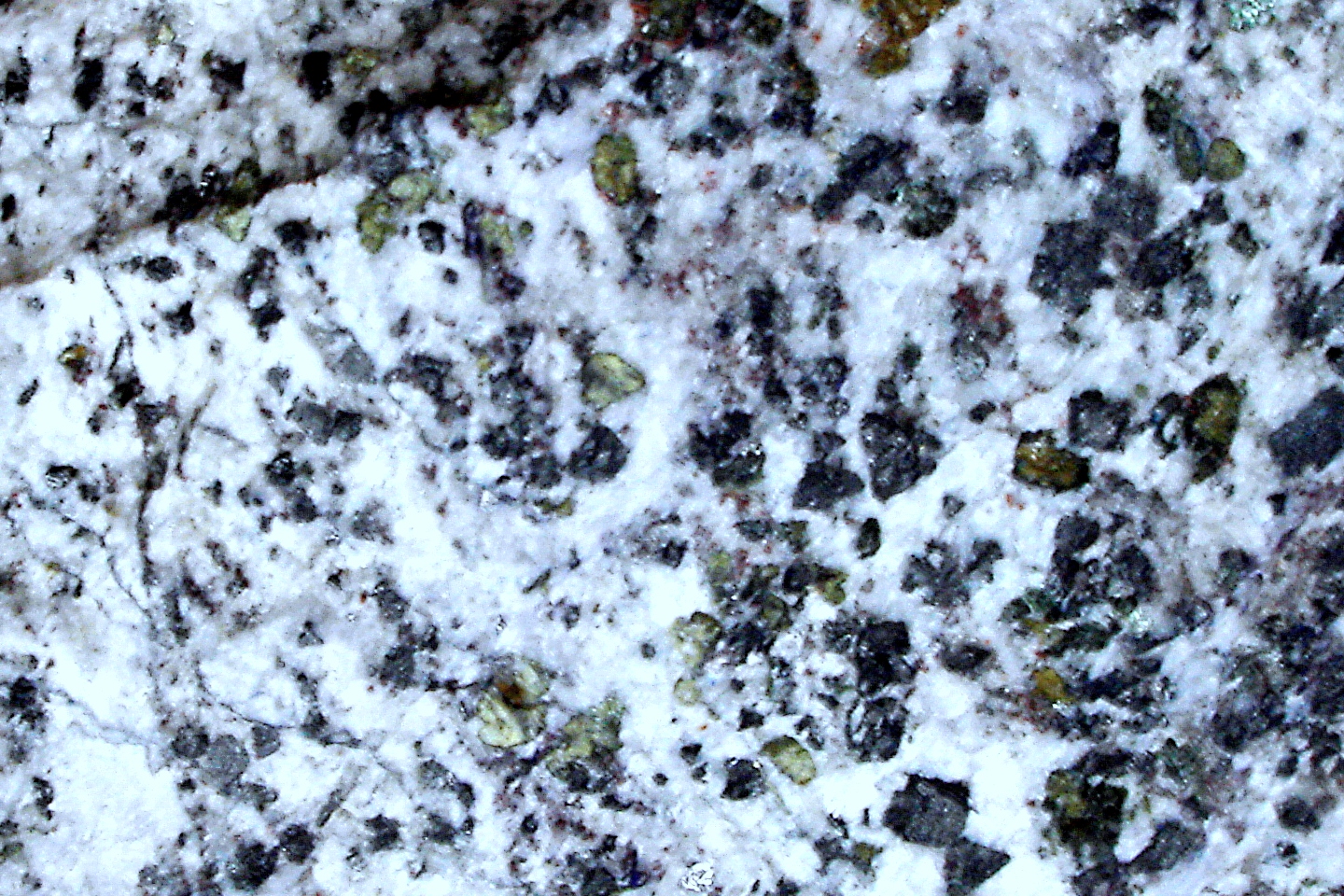St George Mining has defined a promising 2.1km-diameter high-density circular intrusive at its Destiny project in WA’s Eastern Goldfields via a follow-up gravity survey designed to identify potential rare earths-rich carbonatite targets. The company says the geophysical characteristics of the gravity anomaly are consistent with a potentially-mineralised intrusive body that could be similar to other local structures known to host rare earths and related mineral suites.

St George Mining has defined a promising 2.1km-diameter high-density circular intrusive at its Destiny project in Western Australia’s Eastern Goldfields region via a follow-up gravity survey designed to identify potential rare earths-rich carbonatite targets.
The company says the geophysical characteristics of the gravity anomaly, which it has designated C1, are consistent with a potentially-mineralised, late-stage intrusive body that could be similar to other local structures known to host rare earths and related mineral suites.
Suspected analogues include WA1 Resources’ Luni and P2 carbonatites, which lie 500km south of the WA town of Halls Creek and Lynas Rare Earths’ Mt Weld rare earths deposit, 30km south of Laverton, which is hosted by an intrusive Proterozoic carbonatite about 3km in diameter. At Mt Weld, widely said to be one of the world’s biggest rare earths deposits, the primary commercial mineralisation of interest includes rare earth oxides and also deposits containing the tantalum-niobium series.
Venture Minerals’ roaring Jupiter discovery, 80km south-west of Mount Magnet in WA’s Mid West region, is another legitimate analogue that is potentially a carbonatite intrusive overlain by clays to about 80m deep, carrying exceptionally high grades of total rare earth oxides (TREO).
Just yesterday, Venture reported its best ever intercept of 58m at 2723 parts per million TREO, noting that the magnet rare earth oxides (MREO) component appears to comprise a regular 23 per cent across the 40-square-kilometre area within the geophysically-interpreted outline of the intrusive body tested to date.
St George says its first gravity survey at C1 was undertaken in April and focused on prominent magnetic features interpreted as possible late-stage alkaline intrusives. When the company identified elevated gravity anomalism in the central core of the circular C1 magnetic anomaly, it undertook a follow-up close-spaced (200m-by-200m grid) high-resolution gravity survey comprising 287 stations to establish the density characteristics of the core. That work was completed this month.
The survey defined several density highs within the circular core of the C1 feature. The company says some coincide with discrete magnetic highs that could reflect mineralisation likely to warrant priority attention.
St George Mining executive chairman John Prineas said: “C1 is a compelling exploration target and we are pleased to have been able to complete the follow-up gravity survey quickly. The results of the new survey are promising and further upgrade the prospectivity at C1.”
Prineas said the company was accelerating its approvals in a bid to drill C1 “at the earliest opportunity”.
The anomaly is on the immediate southern margin of the Mt Ida fault – a major 800km-long tectonic structure in the Yilgarn Craton that forms the boundary between the Youanmi and Kalgoorlie Terranes. It is a major plumbing system for mineralisation, extending from the southern coast of the State to at least 75km north of Wiluna, and is associated with many mineral deposits of various styles.
St George’s Destiny project spans about 100km along the north/north-west strike of the Mt Ida Shear in the Eastern Goldfields.
Management says that in addition to the C1 anomaly, a second grid-based gravity survey was undertaken over a second target north-west of C1, designated C3, which lies hard against the western flank of a 30km-long splay off the Mt Ida fault structure. It is believed to be a second mineralised intrusive body.
The ovoid C3 anomaly measures about 3km north-south by about 1.6km east-west. Magnetics define a distinct rim to the body, which the detailed gravity shows as enclosing several high-density gravity signatures.
St George has marked out six priority targets from magnetics data, including C1 and C3, but only those two have been subject to detailed grid gravity surveys at this stage.
The company is gearing up to drill the C1 target and has initiated a program of works and heritage clearance work, anticipating kicking off the drilling in the second half of the year.
Management then plans to drill C3 after seeing how the C1 drilling works out.
Is your ASX-listed company doing something interesting? Contact: matt.birney@businessnews.com.au
















